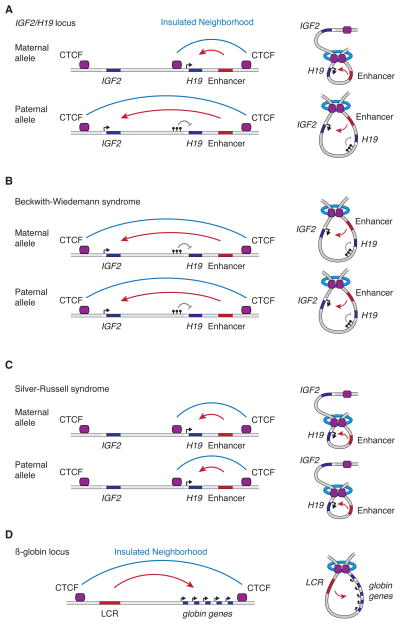Figure 6. Insulated neighborhoods at the IGF2/H19 and ß-globin locus.
A. Insulated neighborhood model at the maternal and paternal alleles of the imprinted IGF2/H19 locus. On the maternal allele, CTCF binding at the imprint control region upstream of the H19 gene creates an insulated neighborhood around H19 and an enhancer, which prevents the enhancer from activating the IGF2 gene. On the paternal allele the imprint control region is methylated which leads to repression of the H19 gene, and prevention of CTCF binding. On this allele, a large insulated neighborhood is formed allowing the downstream enhancer to activate the IGF2 gene. Black lollipops indicate DNA methylation. The insulated neighborhood models are displayed on the right.
B. Lack of methylation at the imprint control region upstream of H19 and the presence of the large insulated neighborhood on the maternal IGF2/H19 allele occur in patients with Beckwith-Wiedemann syndrome.
C. Methylation at the imprint control region upstream of H19 and the presence of the small insulated neighborhood on the paternal IGF2/H19 allele occurs in patients with Silver-Russell syndrome.
D. Insulated neighborhood model at the β-globin locus containing a cluster of globin genes and an upstream locus control region (LCR).

